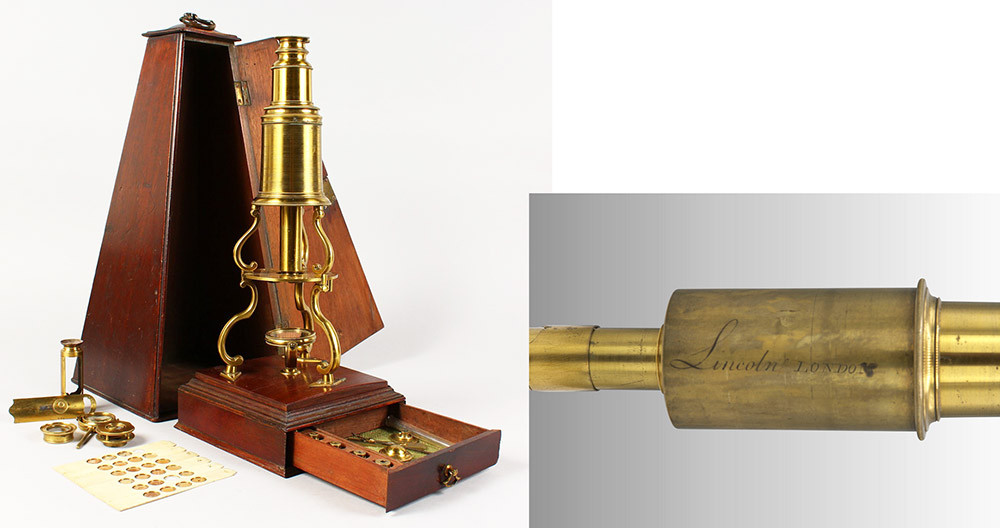
Figure 1. Circa 1770 Culpeper-type microscope by Charles Lincoln. Adapted by permission from https://histoiredumicroscope.com/289-lincoln-charles-1780 and for nonprofit, educational purposes from an internet auction site.
Charles Lincoln, ca. 1745 - 1807
by Brian Stevenson
last updated October, 2024
Charles Lincoln was a well regarded London manufacturer of microscopes and other optical, scientific, and engineering apparatus. He took over his father’s business circa 1761, and continued until around the time of his own death.
A number of different types of instruments are known to have been made by Lincoln. (Figures 1-13). His instruments are very similar to those of other contemporary manufacturers, but generally possess distinctive characteristics that indicate production in-house. Around 1770 he published a booklet that describes his version of a Culpeper-style microscope (Figure 14).

Figure 1.
Circa 1770 Culpeper-type microscope by Charles Lincoln. Adapted by permission from https://histoiredumicroscope.com/289-lincoln-charles-1780 and for nonprofit, educational purposes from an internet auction site.
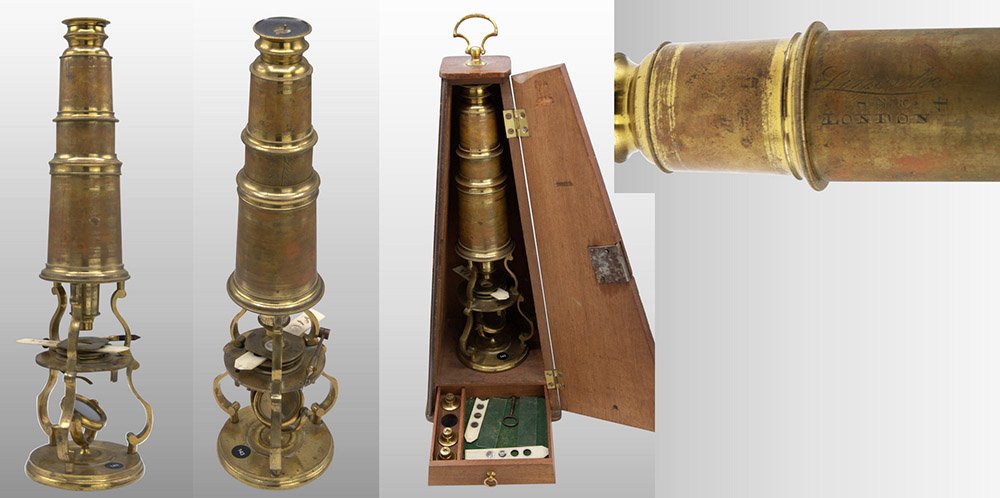
Figure 2.
Circa 1770-1780 Culpeper-type microscope by Charles Lincon. Note that this version has a circular brass base, whereas the version shown in Figure 1 has the microscope attached directly to a wooden cabinet. Adapted by permission from https://histoiredumicroscope.com/143-lincoln-charles-1785.
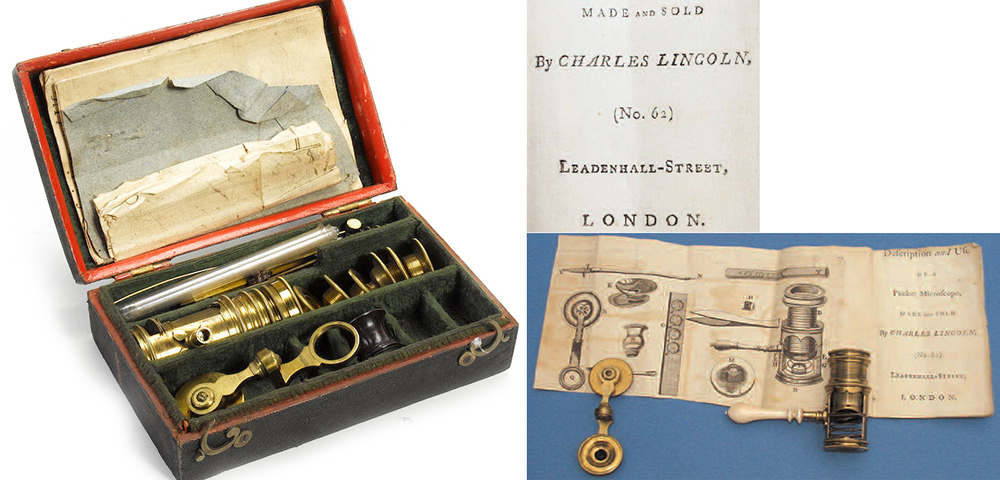
Figure 3.
Circa 1770s screw-barrel microscope. Unsigned, but contains a pamphlet entitled, "Description and Use of a Pocket Microscope, Made and Sold by Charles Lincoln (No. 62) Leadenhall-Street, London. Adapted for nonprofit, educational purposes from internet sale sites.

Figure 4.
A Cuff-type microscope by Charles Lincoln. John Cuff (ca. 1708 - ca. 1792) developed this form during the 1740s. Adapted for nonprofit, educational purposes from the Urbino University Science Museum.
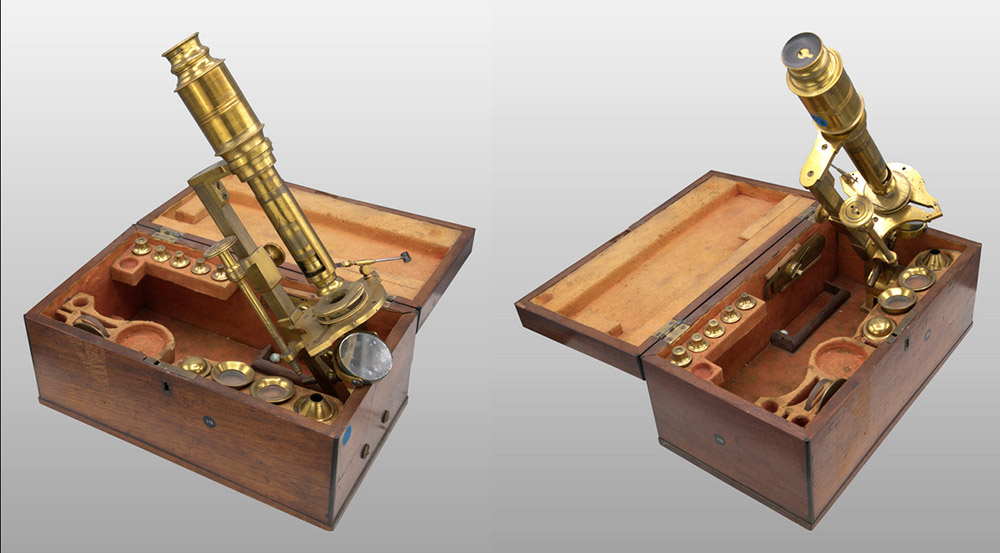
Figure 5.
Circa 1770 microscope compendium, signed by Charles Lincoln, although the instrument case suggest that it may have actually been manufactured by Benjamin Martin (1704–1782). The set includes Cuff-type compound microscope on tripod legs, a solar microscope, and a screw-barrel microscope. Adapted for nonprofit, educational purposes from an internet sale site.
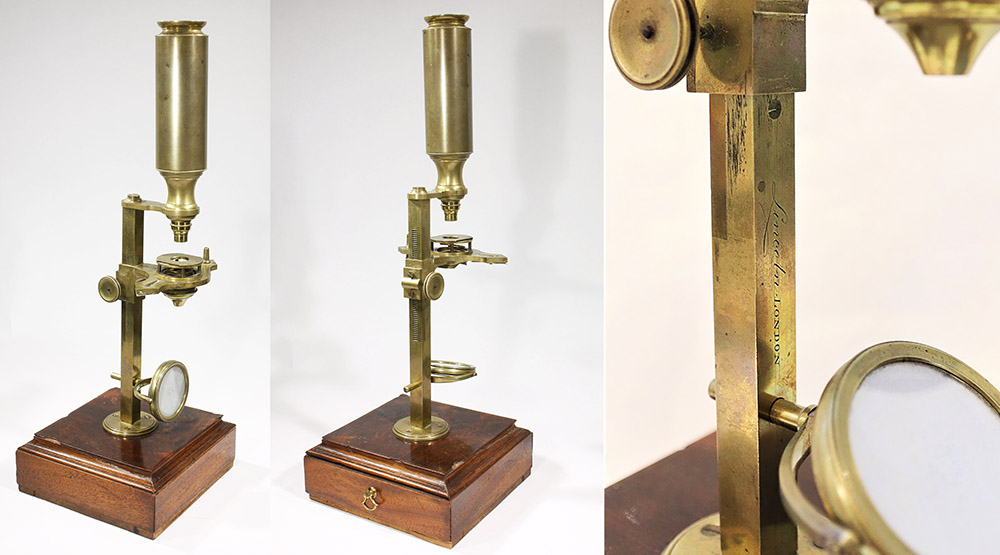
Figure 6.
A Nairne-type microscope by Charles Lincoln. Edward Nairne (1726-1806) developed this form ca. 1760. Adapted by permission from https://histoiredumicroscope.com/113-lincoln-charles-1780
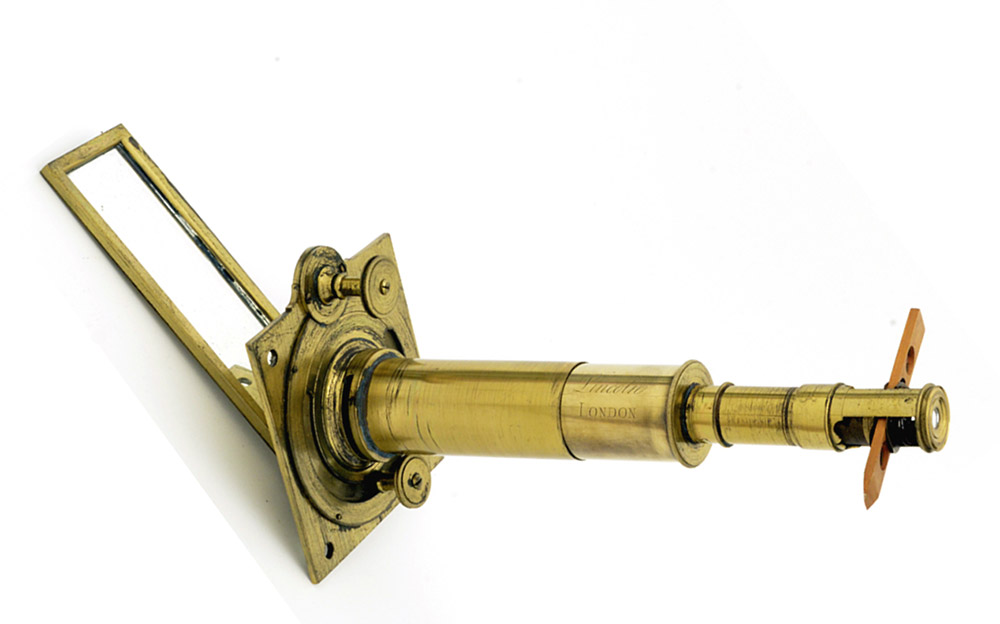
Figure 7.
Circa 1780 microscope by Charles Lincoln, based on the “Improved Double and Single Microscope” that was developed by George Adams Jr. (1750 - 1795), and later rebranded in 1798 as the “Jones’ Improved Microscope” by William and Samuel Jones (1762-1831 and 1770-1859, respectively). Adapted for nonprofit, educational purposes.
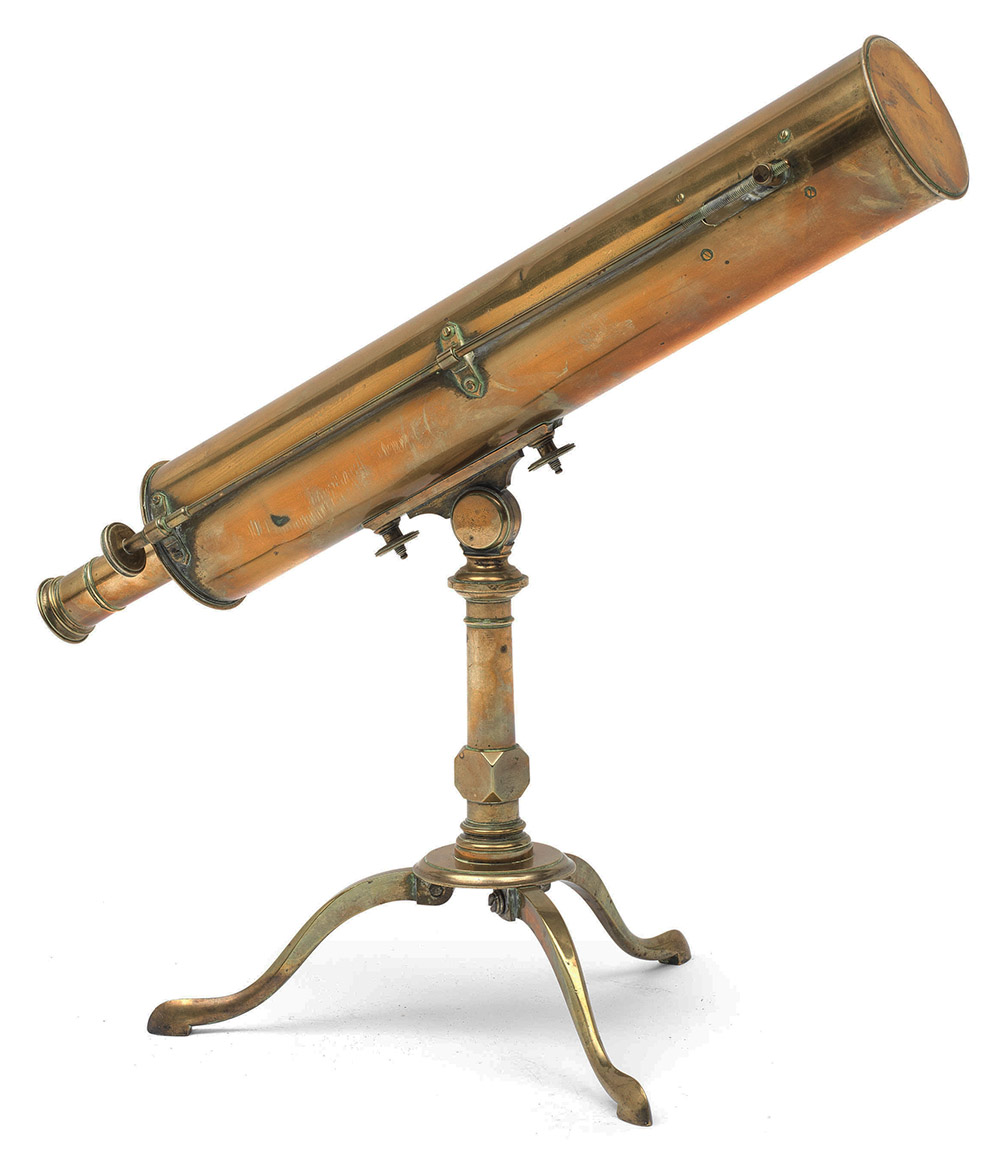
Figure 8.
Circa 1780 solar microscope by Charles Lincoln. Adapted for nonprofit, educational purposes from an internet sale site.
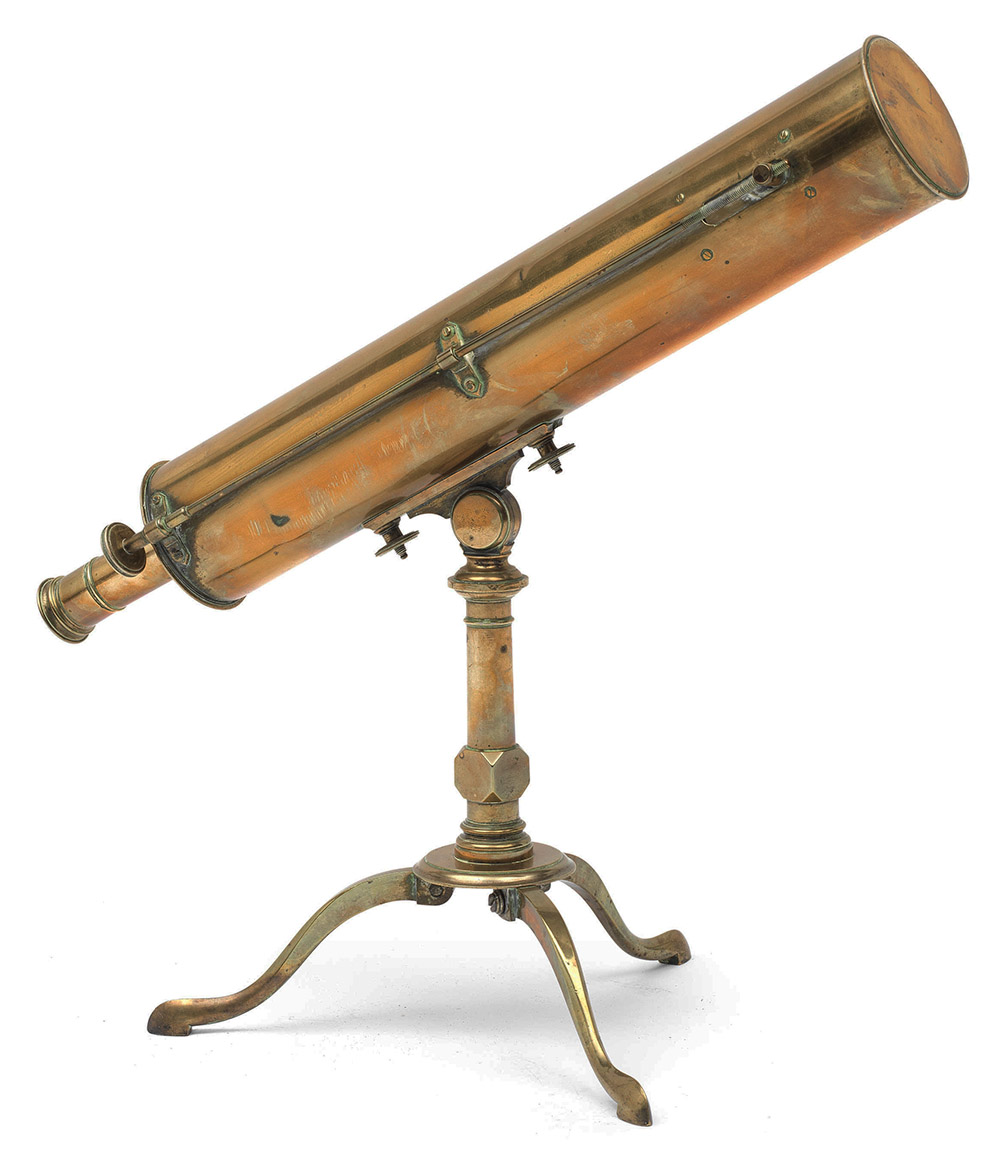
Figure 9A.
Circa 1780 reflecting telescope by Charles Lincoln. Adapted for nonprofit, educational purposes from an internet auction site.
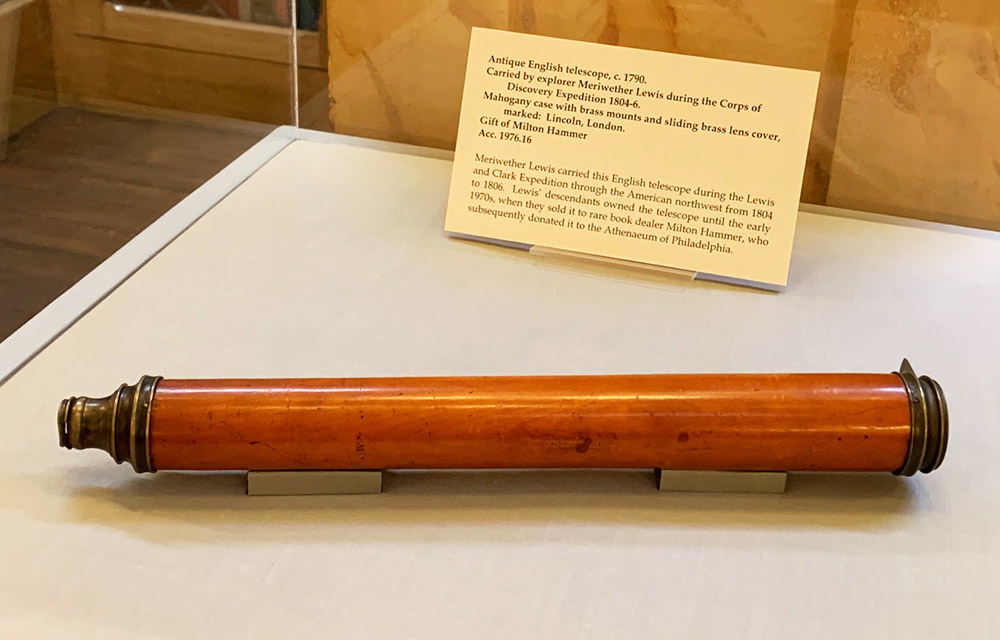
Figure 9B.
Circa 1790 refracting telescope by Charles Lincoln, which was carried by Meriwether Lewis during the 1804-1806 Lewis & Clark expedition across the western USA. Adapted for nonprofit, educational purposes from an image provided by Lewis and Clark National Park Service.
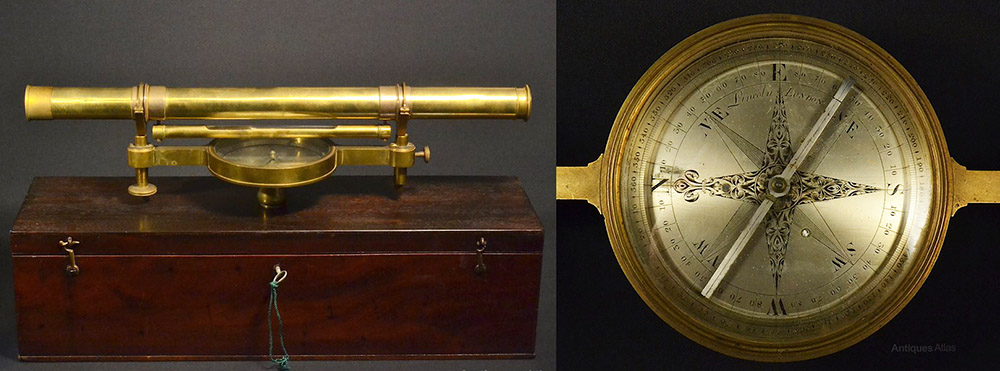
Figure 10.
Circa 1780 surveyor’s level by Charles Lincoln. Adapted for nonprofit, educational purposes from an internet sale site.
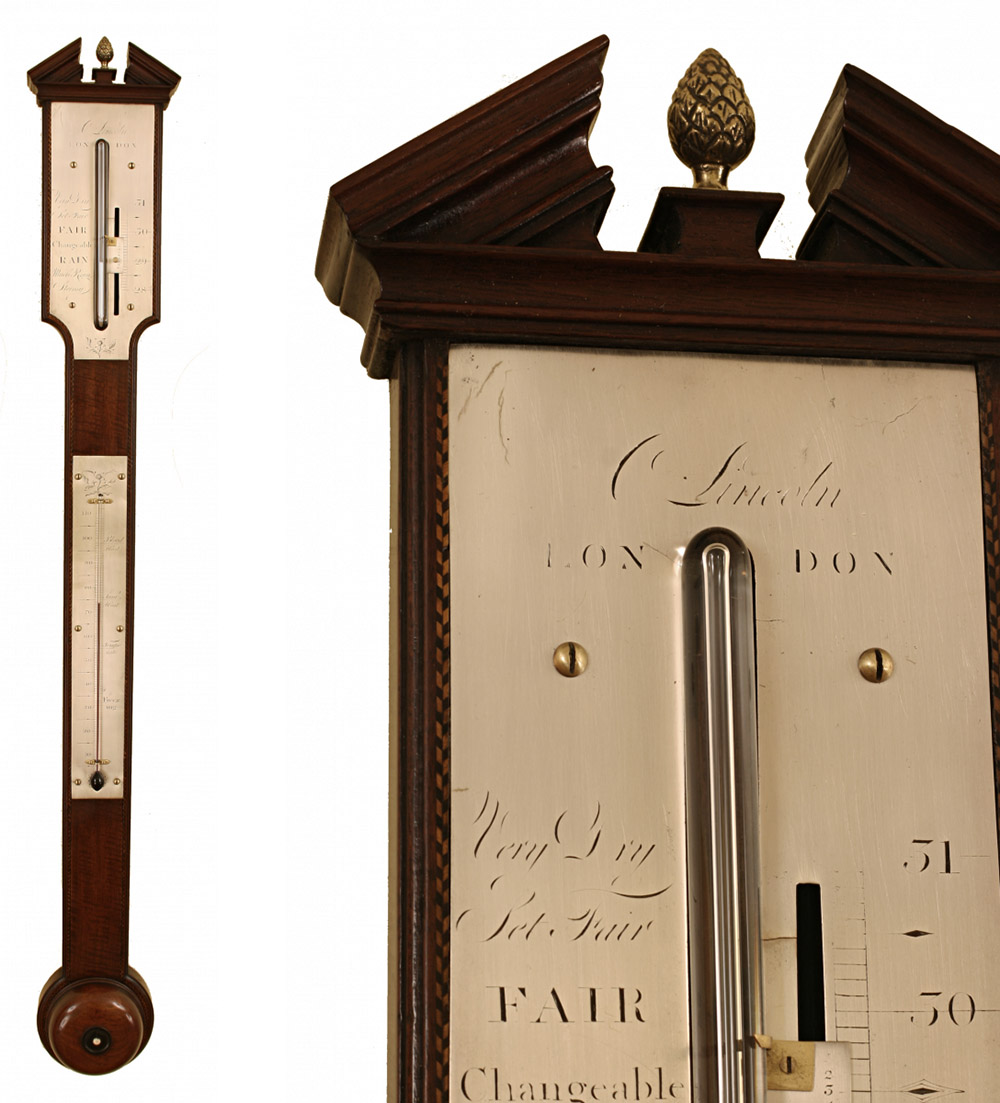
Figure 11.
Circa 1780 barometer by Charles Lincoln. Adapted for nonprofit, educational purposes from an internet auction site.
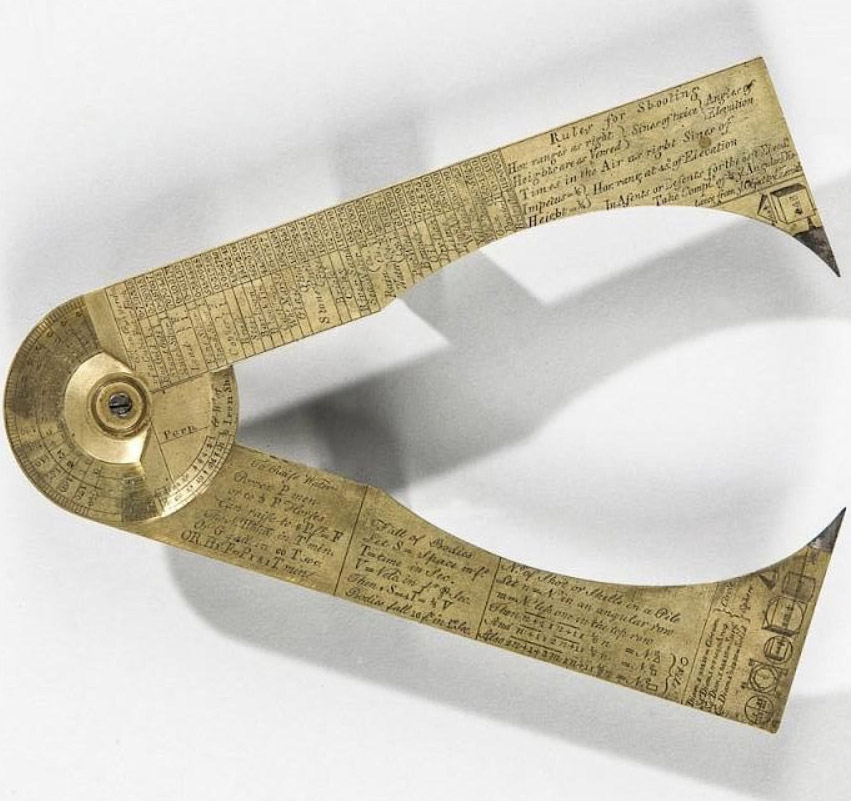
Figure 12.
Circa 1780 gunner’s calipers by Charles Lincoln. Adapted for nonprofit, educational purposes from an internet auction site.
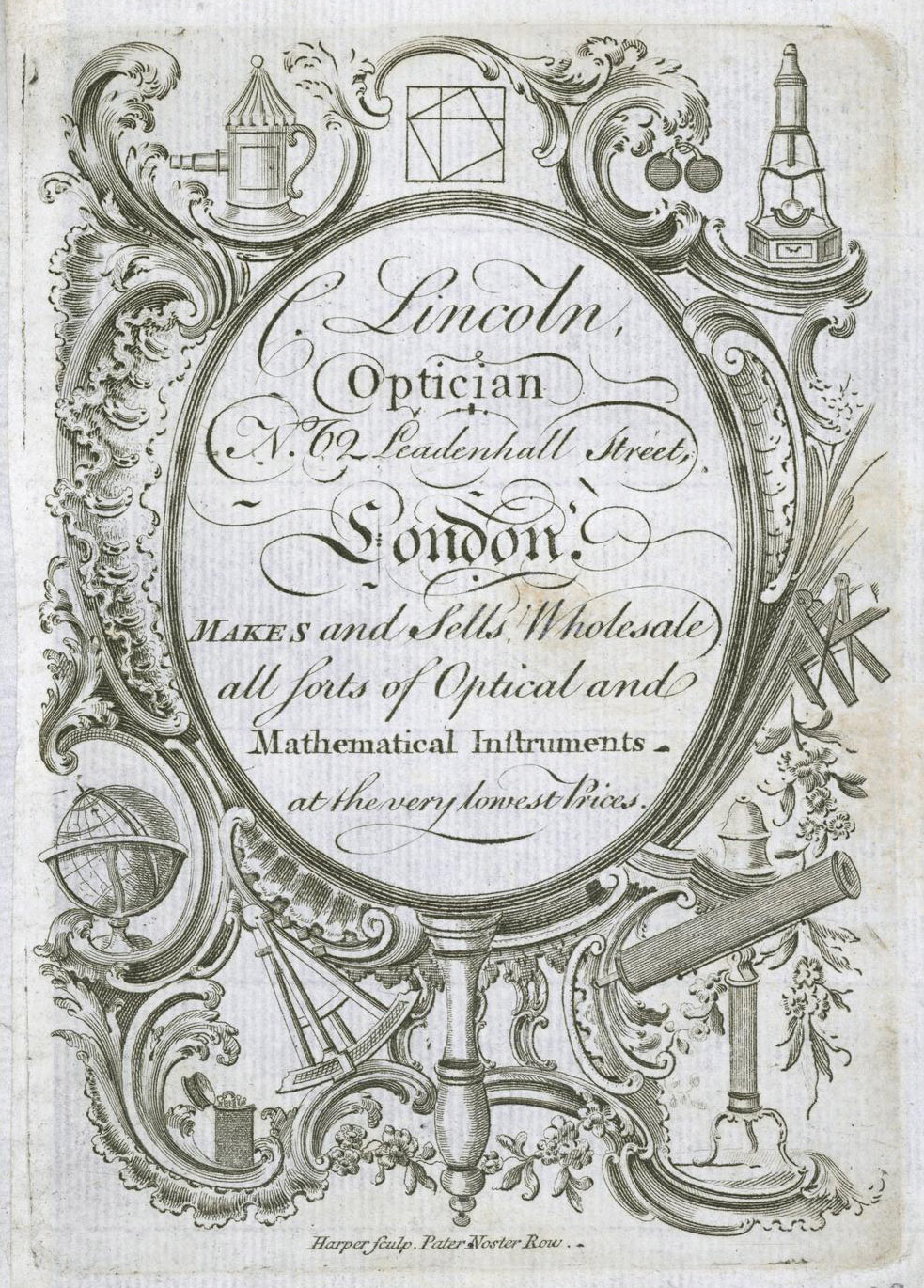
Figure 13.
Charles Lincoln’s trade label. Adapted for nonprofit, educational purposes from https://collection.sciencemuseumgroup.org.uk/objects/co8002750/trade-card-c-lincoln-62-leadenhall-street-lond-trade-card
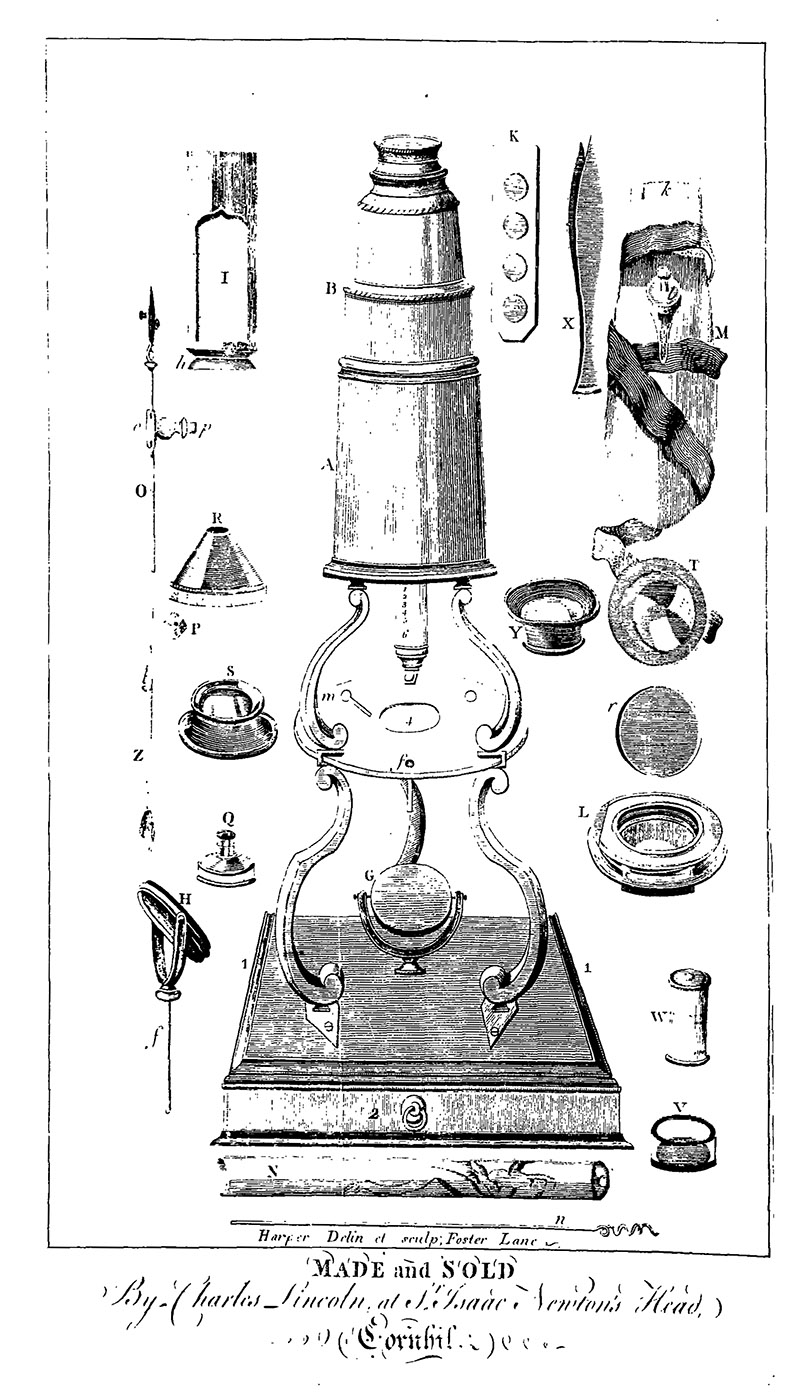
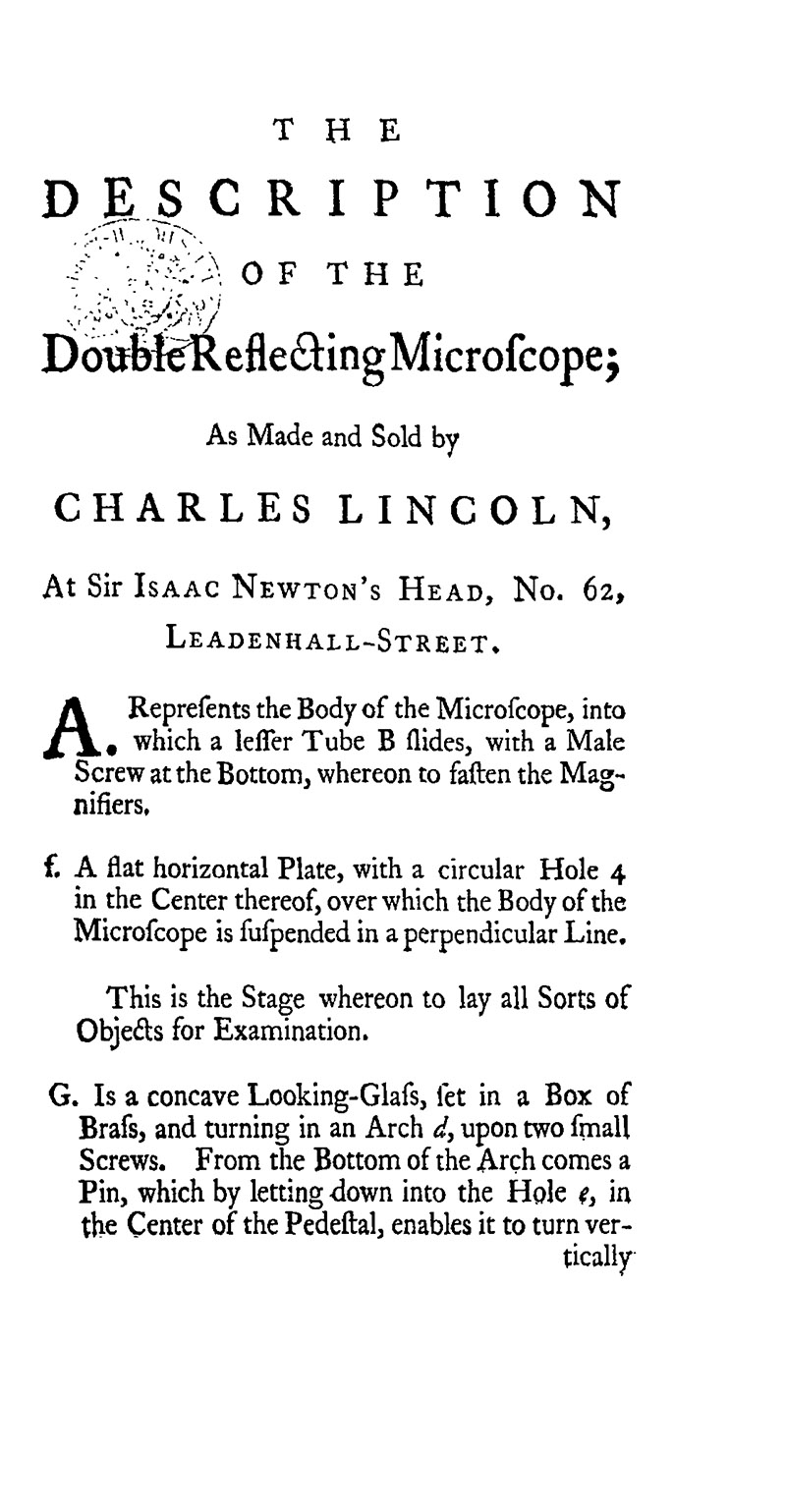
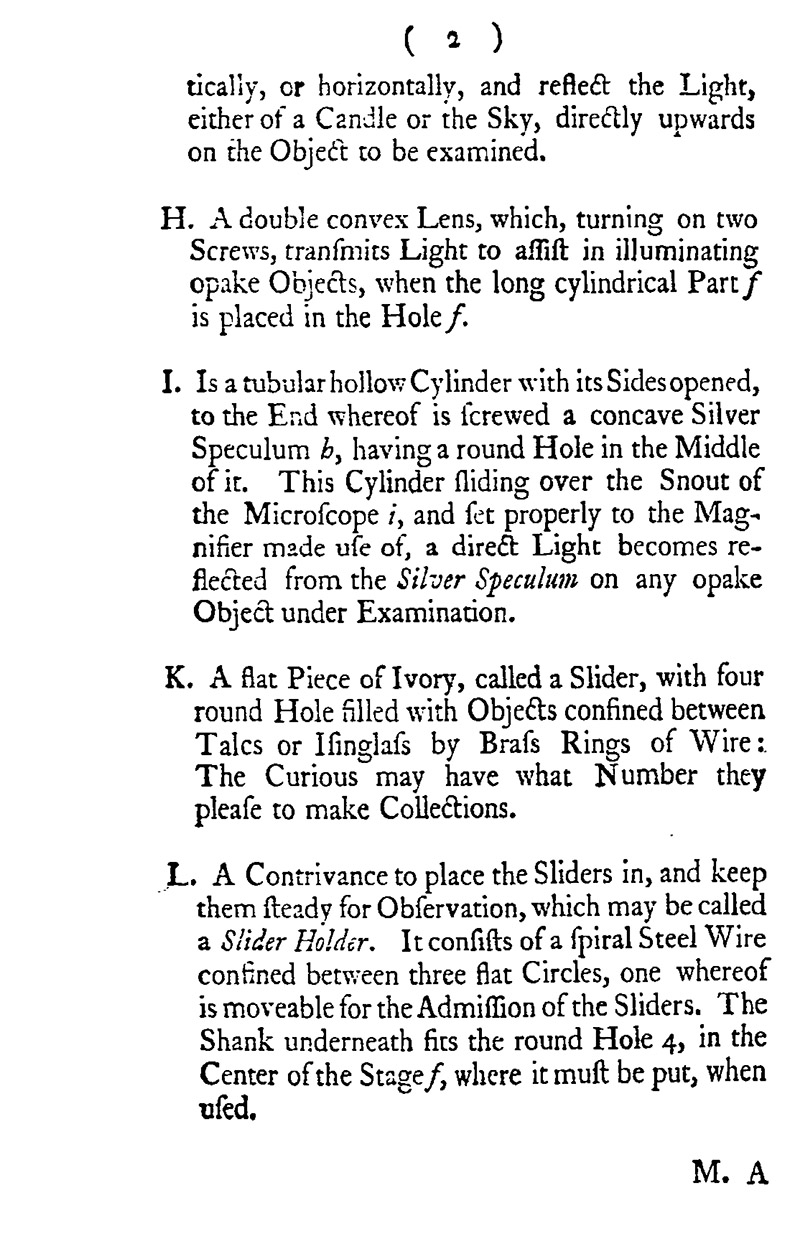
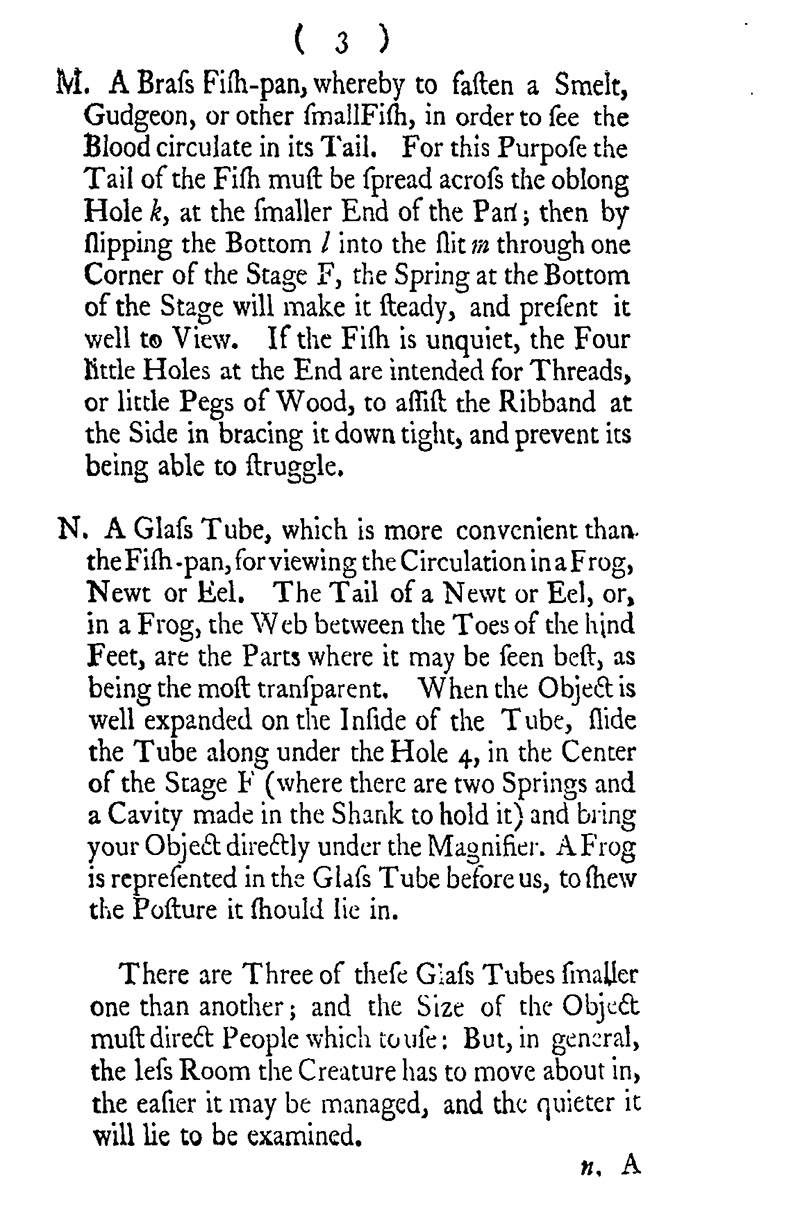
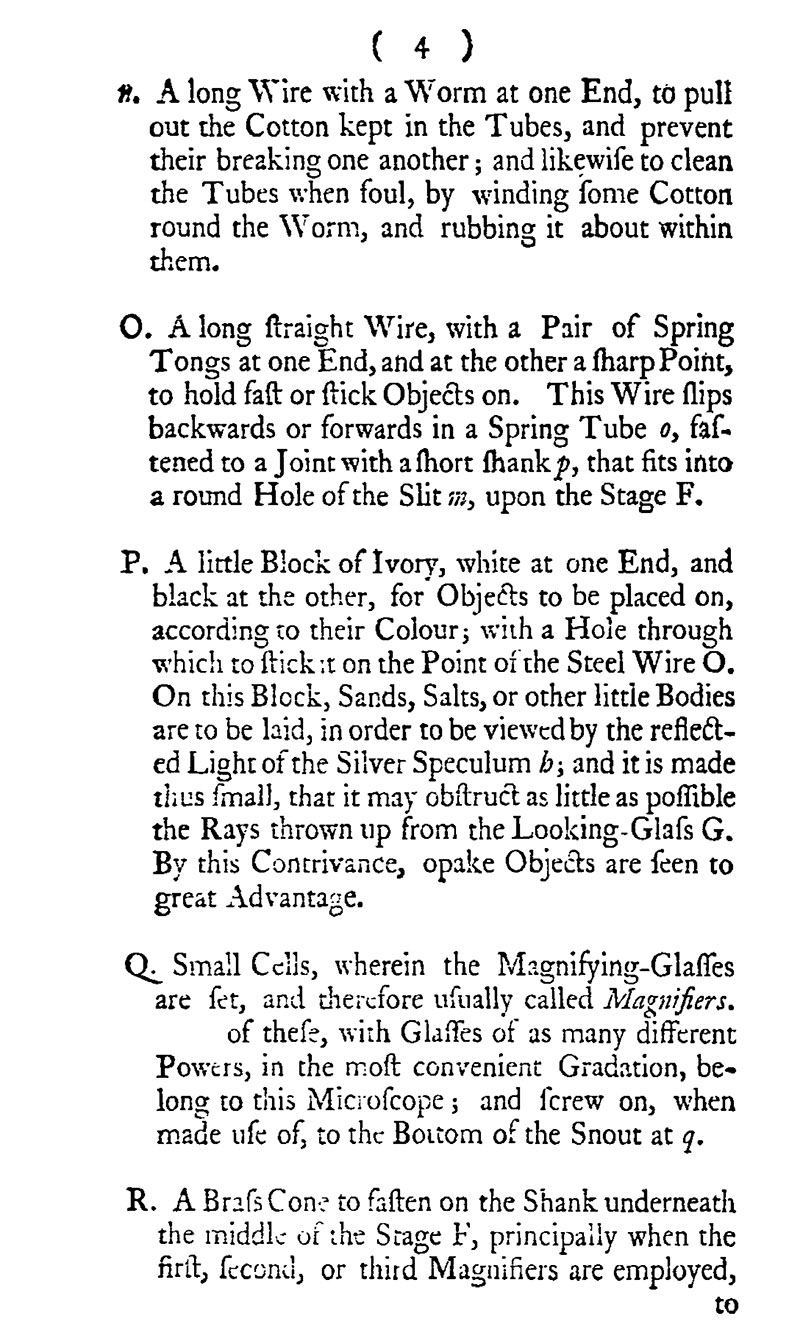
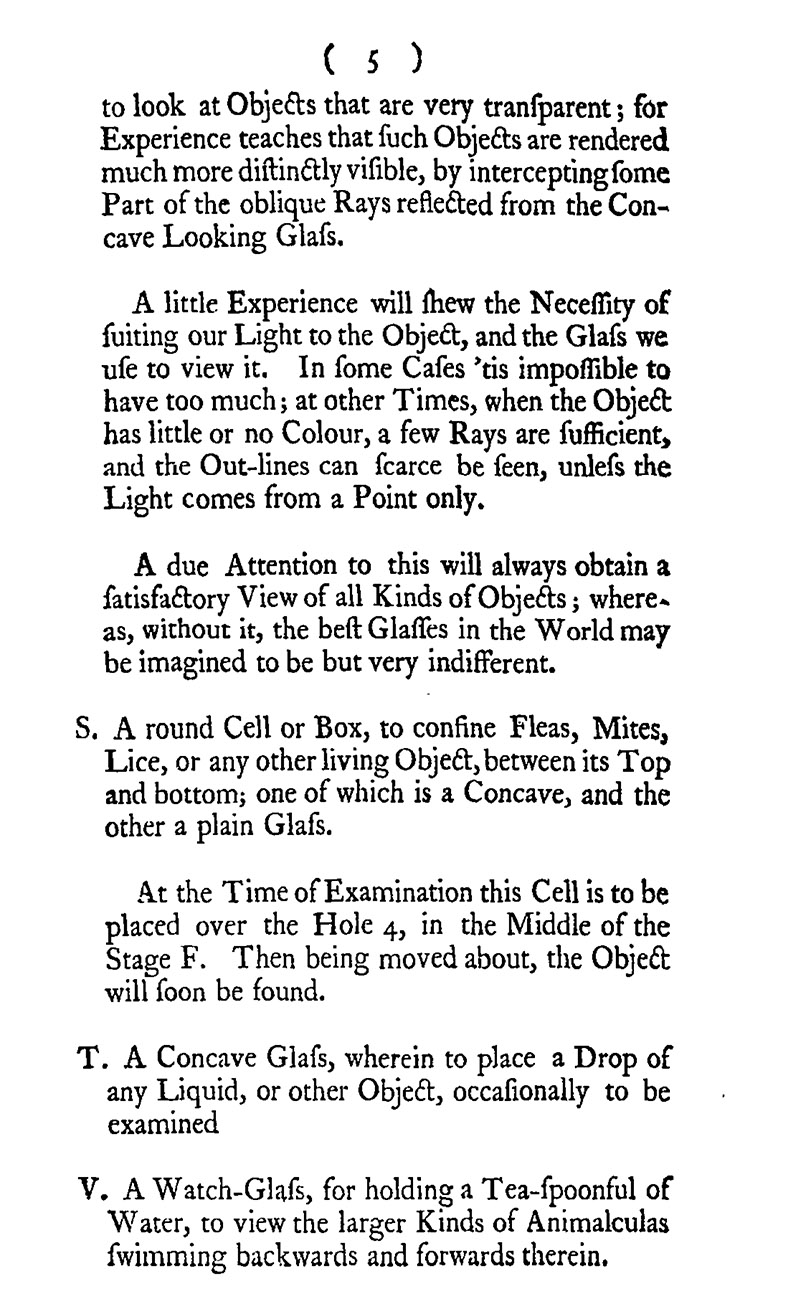
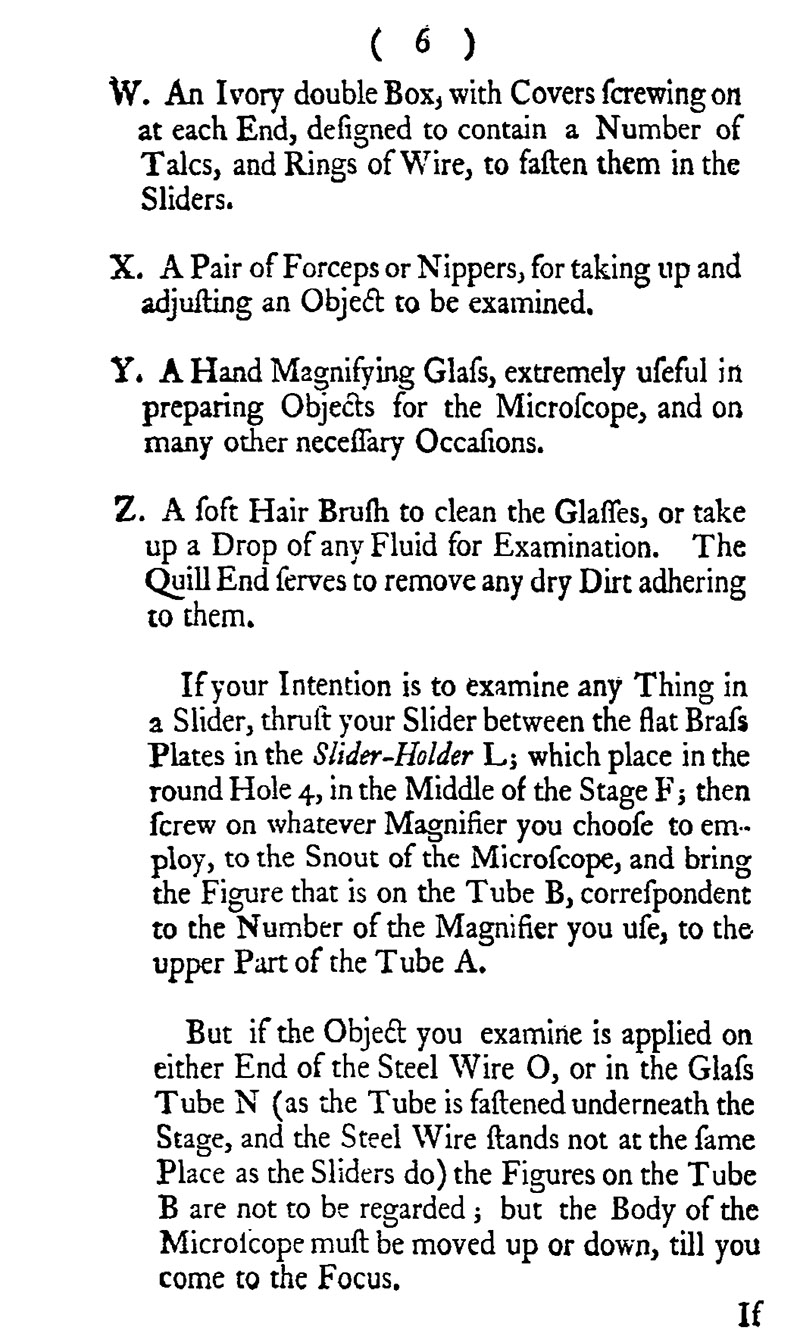
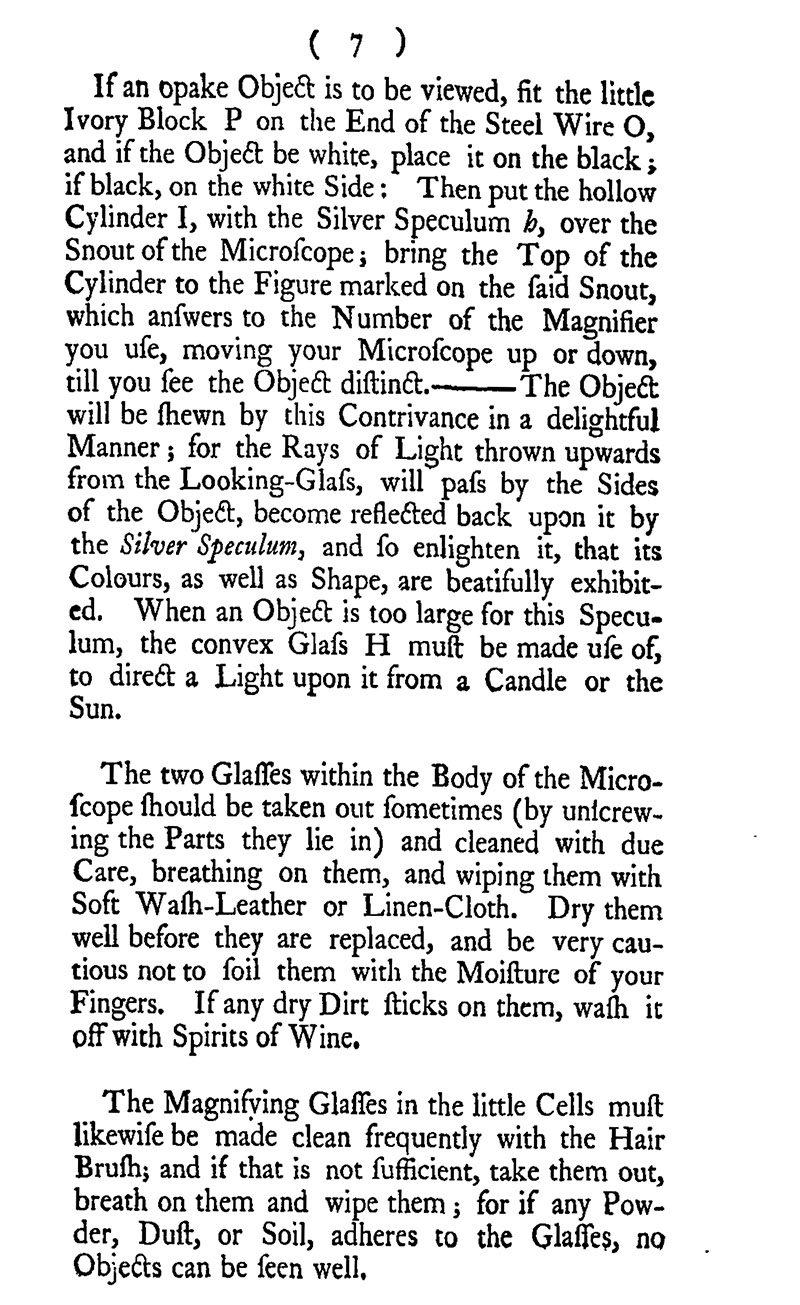
Figure 14-A.
Charles Lincoln’s ca. 1770 booklet that described his Culpeper-type “Double Reflecting Microscope”. The word “double” refers to this being a compound microscope, as opposed to a single-lens simple microscope, while “reflecting” refers to the use of a mirror for illumination, as opposed to a solar projection microscope.
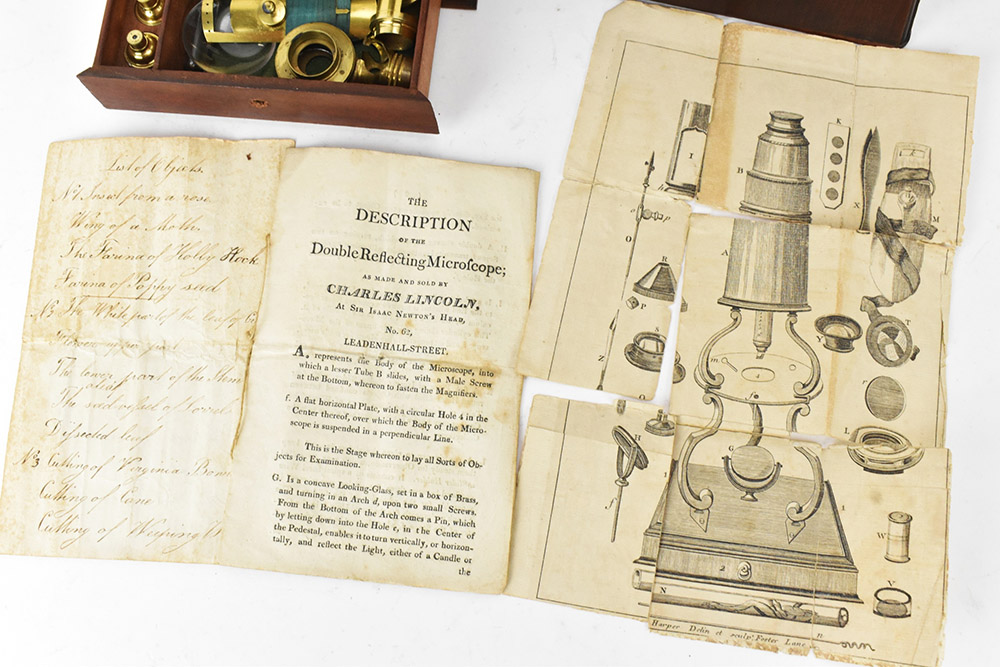
Figure 14-B.
A surviving copy of Lincoln’s Culpeper booklet (see above). Adapted for nonprofit, educational purposes from an internet auction site.
Charles Lincoln inherited his business from his father, Thomas Lincoln (ca. 1696 – ca. 1761). Thomas was apprenticed in 1708 to Matthew Cooberow, a member of the Spectacle Maker’s guild (Figure 15). Boys were usually signed to apprenticeships at around thirteen years of age, suggesting that Thomas was born ca. 1696. Thomas’ father was named William, who had worked as a bricklayer in Holborn, London, but had died prior to 1708.
Thomas Lincoln’s seven-year apprenticeship would have ended in 1715. He joined the Worshipful Company of Spectacle Makers in 1722. Guild membership was generally required in order to take apprenticeships. Thomas Lincoln served as Master of the Spectacle Makers in 1746.
Charles Lincoln was born around 1745, an approximation that is based on his apprenticeship having started in 1758. Charles’ mother died shortly after his birth. On August 24, 1749, Thomas Lincoln (widower) married Mary Hawkeworth (widow). Charles trained with his father, and joined the Spectacle Makers’ guild in 1762 by virtue of patrimony (Figure 16). A 1768 poll book of London listed Charles Lincoln as a member of the Fletchers’ guild; it is not known whether that was an error or if he was actually a member of two guilds.
Records of Thomas Lincoln’s death have yet to be located. He appears to have been dead by April, 1761, based on a court record that described stolen optical items as being the property of Charles Lincoln (Figure 17).
Charles’s shop was initially located at 11 Cornhill, “near the Poultry”. Around 1767, he moved to 62 Leadenhall Street. He described his shop as identifiable by a sign bearing “Isaac Newton’s head” (Figure 14). Around 1793, the shop number was changed to 36 Leadenhall Street (also described as 32 or 38 Leadenhall). This was presumably due to a renumbering of the street, although it is possible that Lincoln moved a few houses down.
Charles served as Master of the Spectacle Makers’ guild from 1787 until 1790.
Charles Lincoln died in February, 1807, and was buried “in the Vault under the Vestry” on February 21 (Figure 18). Burial in that location, as opposed to the churchyard, indicates that Lincoln was a relatively wealthy man.
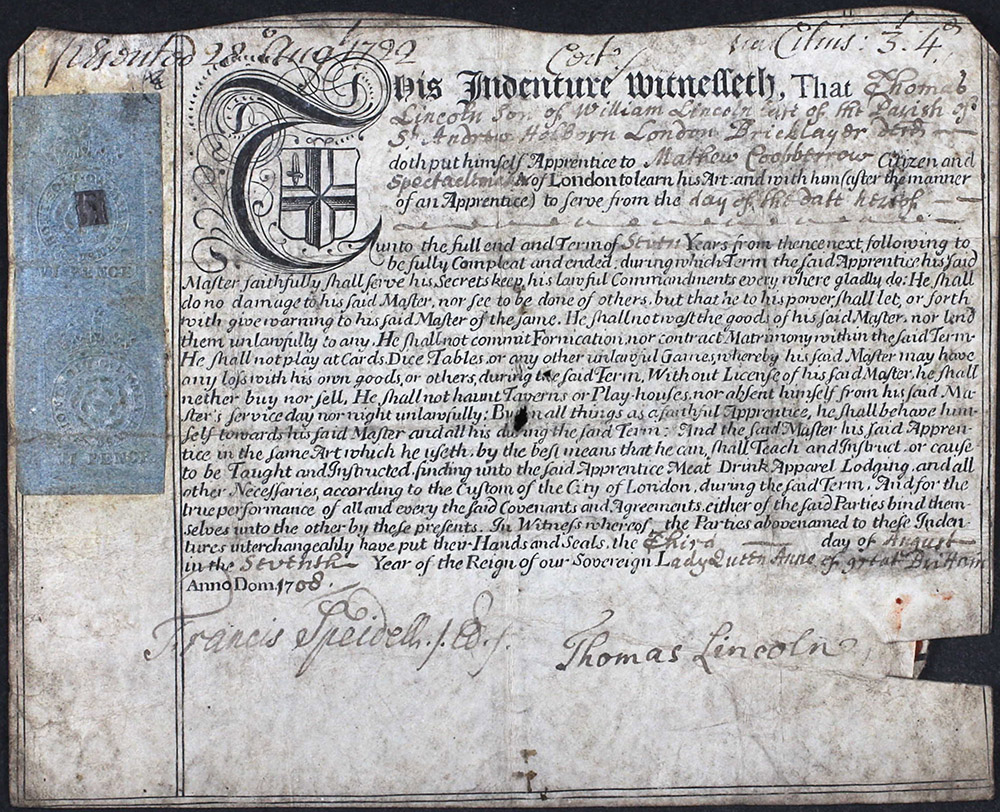
Figure 15.
Thomas Lincoln’s 1708 apprenticeship contract with Matthew Cooberow.
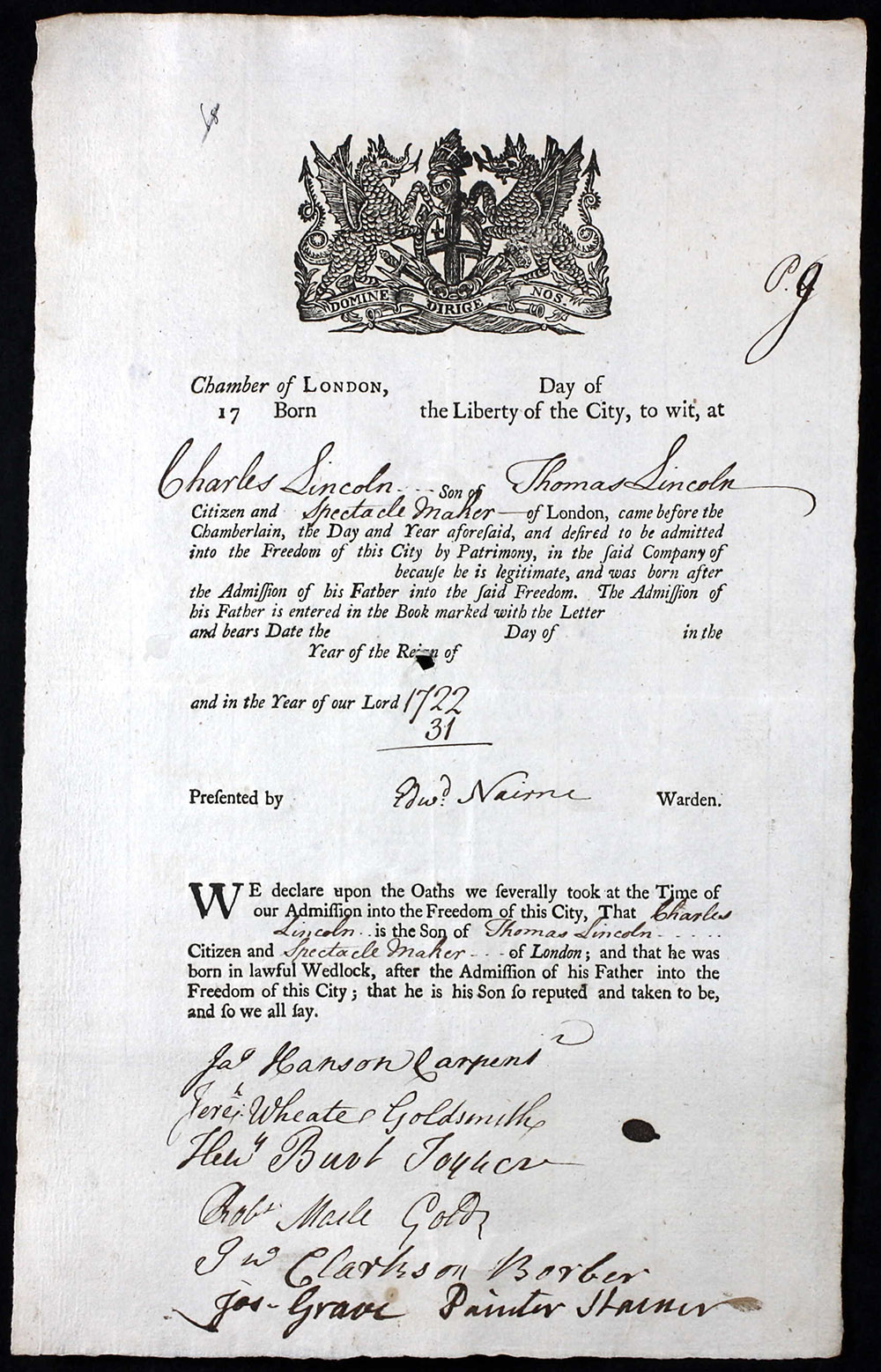
Figure 16.
Charles Lincoln was admitted to the Spectacle Makers’ guild in April, 1762, by virtue of his father having been a member. This form indicates that Thomas became a guild member in 1722. Note that it was authorized by Edward Nairne.

Figure 17.
An April 1, 1761 legal record implies that Charles Lincoln was the owner of the Lincoln business at that time, as he is described as the items’ owner, rather than his father. It reads, “Skinner Hudson, was indicted for stealing two spectacle cases, value one shilling, and two magnifying glasses, value one shilling, the property of Charles Lincoln. The Prosecutor did not appear. Acquitted."

Figure 18.
Charles Lincoln was buried on February 21, 1807 in St. Katharine Cree, Leadenhall Street.
Acknowledgements
Many thanks to Joe Zeligs for helpful insights and to the owner of https://histoiredumicroscope.com for generously giving permission to share pictures of their microscopes.
Resources
Burial record of Charles Lincoln (1807) Parish records of St. Katharine Cree, accessed through ancestry.com
Clifton, Gloria (1995) Directory of British Scientific Instrument Makers 1550-1854, Zwemmer, London, pages 64 and 169
Court record of charges against Skinner Hudson (1761) https://www.oldbaileyonline.org/images.jsp?doc=176104010035
Kents Directory (1767) Charles Lincoln, 62 Leadenhall Street, London, accessed through ancestry.com
Lincoln, Charles (1762) Membership in Worshipful Company of Spectacle Makers, accessed through ancestry.com
Lincoln, Charles (ca. 1770) The Description of the Double Reflecting Microscope: As Made and Sold by Charles Lincoln, at Sir Isaac Newton's Head, No.62, Leadenhall-Street
Lincoln, Thomas (1708) Apprenticeship contract, accessed through ancestry.com
Marriage record of Thomas Lincoln and Mary Hawkeworth (1749) Parish records of St. Mary Magdalene, accessed through ancestry.com
Poll Book of London (1768) "Fletchers ... Lincoln Charles, Leadenhall-street", accessed through ancestry.com
The Universal Directory (1763) Charles Lincoln, mathematical instrument maker, Cornhill, near the Poultry, London, accessed through ancestry.com
Worshipful Company of Spectacle Makers (accessed July, 2023) Past masters, https://www.spectaclemakers.com/past-masters